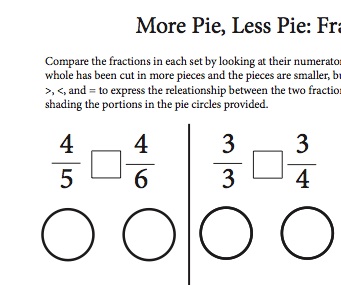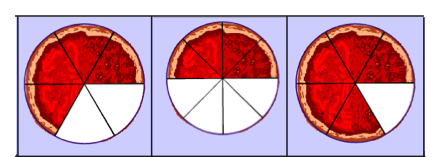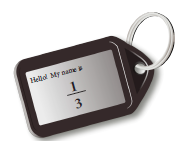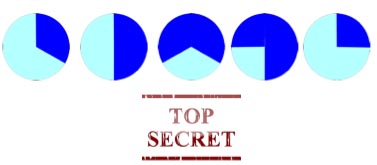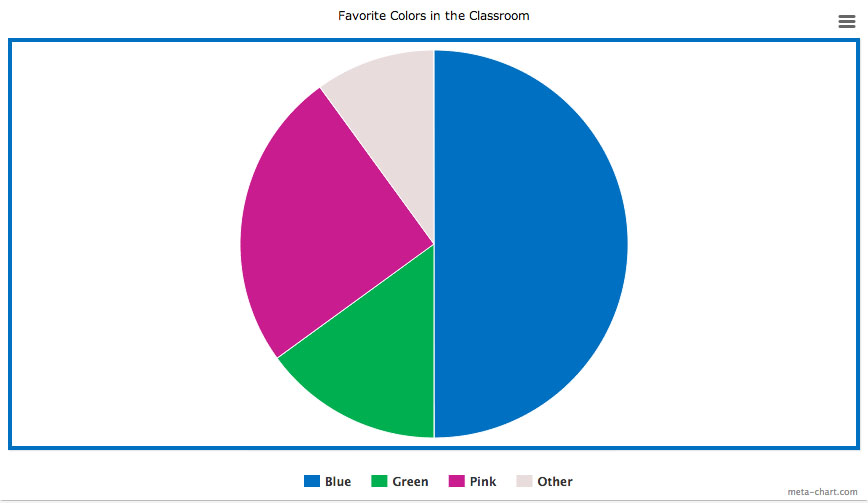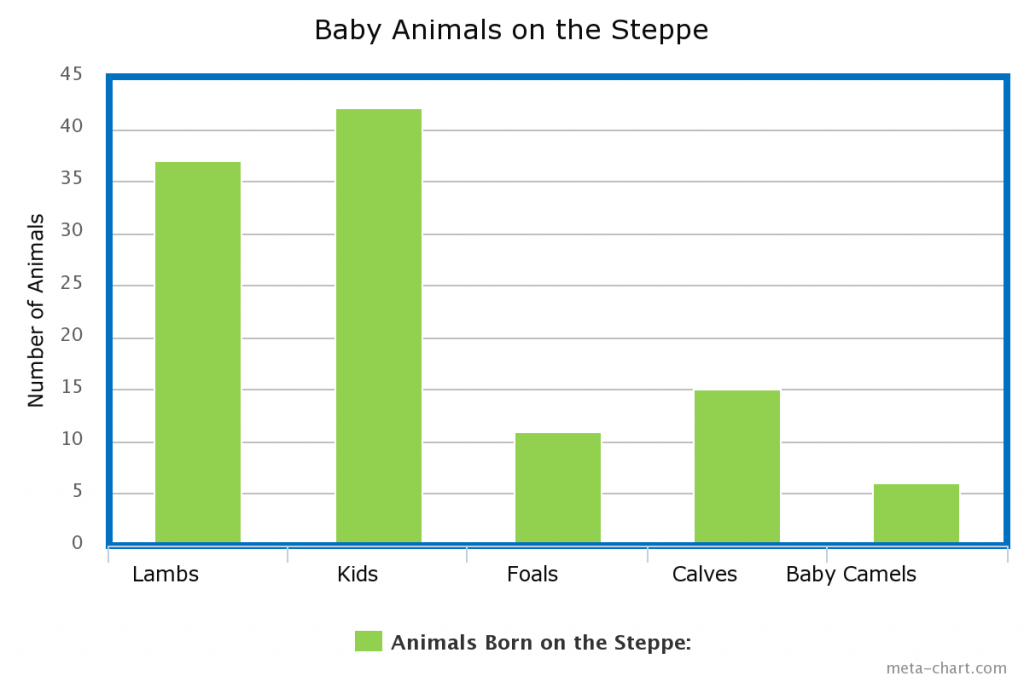Discussion/Introduction
Measuring Time! Time to get up, stretch, and have fun with some hands on stuff! Here we look at a combination of measuring—an exciting hands on subject for most gradeschoolers- with a real-life application of fractions. The concepts presented here are simple and your students shouldn’t have much trouble with them, but, done right, they will provide an invaluable intuitive understanding of fractional parts. In fact, this lesson might be considered a foundation stone for future work in three important fields: measurement, fractions, and data representation on line plots.
Objective
Students will learn to use the half and a quarter inch markings on their rulers: to take measurements down to half or quarter inches, to record their data appropriately, and to represent that data on line plots. This will also provide students with a visual representation of what fractions mean in real life.
Supplies
- Rulers marked with halves and fourths of an inch
- Fractions and Measuring Fun Worksheet (download printable)
Methodology/Procedure
Start out by asking your students what they know about fractions. Using their suggestions, make a bullet-list definition/description on the board. If they’re out of ideas, help them. Take time to elucidate any concepts they are hazy on; this is your chance to get everyone started on the same page.
Your list may look something like this:
- Represent parts of a whole
- Are written like a/b, when the whole is divided into b sections and there are a of those sections
- Can be added together if the bottoms [denominators] are the same, by adding the tops [numerators]
- A bigger bottom means a smaller amount, a bigger top means a larger amount
Once you’ve gone through what they’ve learned about fractions, tell them that this lesson we aren’t going to learn anything new about fractions. Instead, we get to use what we’ve already learned in a measuring lesson. Ask them to start by getting out their rulers and measuring their middle finger.
They are likely to begin by rounding up or down, so when you get your first data points you’ll want to challenge that and ask them to be more specific. It might go something like this:
Student: My middle finger is 2 inches!
Teacher: Is it exactly 2 inches, or a little more or a little less?
Student: It’s a little less.
Teacher: Do you see some other marks on your ruler? Those are fractions. Today I want us to learn how to measure more exactly, using those fraction markings.
On the board, draw an oversized ruler going from one to three inches. Mark halves and fourths of an inch. Draw an object alongside the ruler; you might make it 1 ½ inches long.
Teacher: This fork I just drew here is a little over one inch long, but if I want to be exact, I have to look at the little markings on the ruler. Since this space (point out the space between 1 and 2) is one inch long, how much is this space? (shade the first half)
A Student: ½!
Teacher: Yes, the shaded area is half of the area between one and two, so this mark here is the half mark. So if my little fork reaches this mark, we say it is one and a half inches long.
Erase your shading, and shade the area between 1 and 1 ¼.
Teacher: Now how much of the area between one and two is shaded?
A student: ¼!
You’re right! So if I have a little tiny pencil that reaches just to here (draw your pencil on the board) it’ll be exactly 1 ¼ inch long.
Follow the same procedure to elucidate 1 ¾. Then draw a number of objects along your chalkboard ruler and get the students to label the lengths.
When they have a good grasp of these chalkboard measurements, go back to the thumb problem and list the middle finger measurements they give you.
When you’ve got the list down, draw a line plot on the board (a number line) and place an x to represent each child’s thumb measurement. This will make it easy to see the clusters. Discuss the graph, and pose a few questions:
- How many middle fingers are two and a quarter inches long?
- Are most of the middle fingers in our class the same length?
- How many middle fingers are longer than [choose a median value]?
Erase the board, draw a second line plot, and have the children measure their pencils, then take turns coming up to he front, noting down their measurement, and filling out an x on the graph.
Now, give your students the worksheet. Ask them to start by measuring all the items in their desk and writing them down on a list. Pencils, erasers, notebooks, textbooks and pencil cases are some of the items that might be measured and recorded. Then, they should fill in the numbers on the line plot and mark it appropriately.
Common Core Standards
This lesson plan is aligned with the Common Core Standards for Mathematics. In Grade 3, Measurement and Data, section 4, the Standards read:
3.MD.4 Generate measurement data by measuring lengths using rulers marked with halves and fourths of an inch. Show the data by making a line plot, where the horizontal scale is marked off in appropriate units— whole numbers, halves, or quarters.
Web Resources/Further Exploration
Math Warehouse is a treasure trove of resources for the math teacher. You’ll find a large bank of high quality free lesson plans, all aligned with the common core, and a variety of helpful tools to make teaching easier.
For instance, to make number lines like those in the worksheet you can use our Number Line Maker : it creates custom number lines as images you can download.



